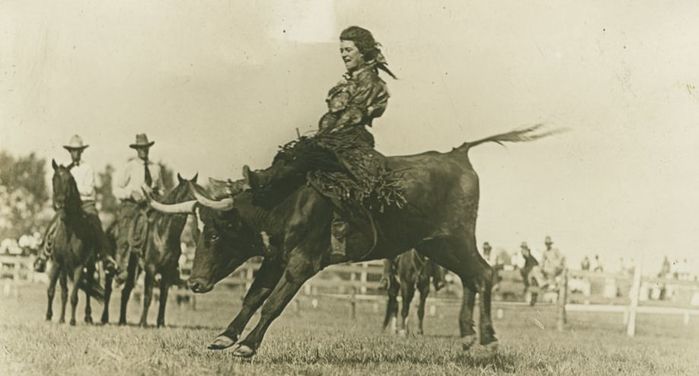CHRONIC NECK PAIN IN A YOUNG BULL RIDER
Since 1991, I have treated scores of rodeoers. Unfortunately, if you are into rodeo, you have a good chance of ending up with a wide array of permanent physical ailments. The longer you’re in the game, the greater the chance of having a life-altering injury. Enter Tyler Russell. Tyler came to see me two years ago, after being stomped in the BACK AND NECK by a 1,500 pound bull two years before that —- while still in Junior High. Fortunately, Tyler took my advice and gave up bull riding after his first visit to see me about 18 months ago. I saw Tyler for the third time yesterday, and he was more than willing to give me a written testimonial.
I was experiencing pain from my lower back all the way to my upper neck, and my back and neck kept going out all the time. A couple years earlier I had been stomped on the neck by a bull that had thrown me. Despite the over-the-counter pain meds, I got to the point where I could no longer play sports. I decided to come see Dr. Schierling because my family had heard from several people that he was good. Ever since my first treatment, I wake up with no pain and have normal mobility again. – Tyler Russell (17) Winona, MO
Tyler was loaded with Scar Tissue and FASCIAL ADHESIONS that ran from the bottom of his low back (his THORACOLUMBAR FASCIA), up onto the back of his skull (GALEA APONEUROSES) — the chief reason that he could not hold an adjustment prior to seeing me. The results of his treatment were both rapid and predictable. Thanks for the testimonial Tyler.

